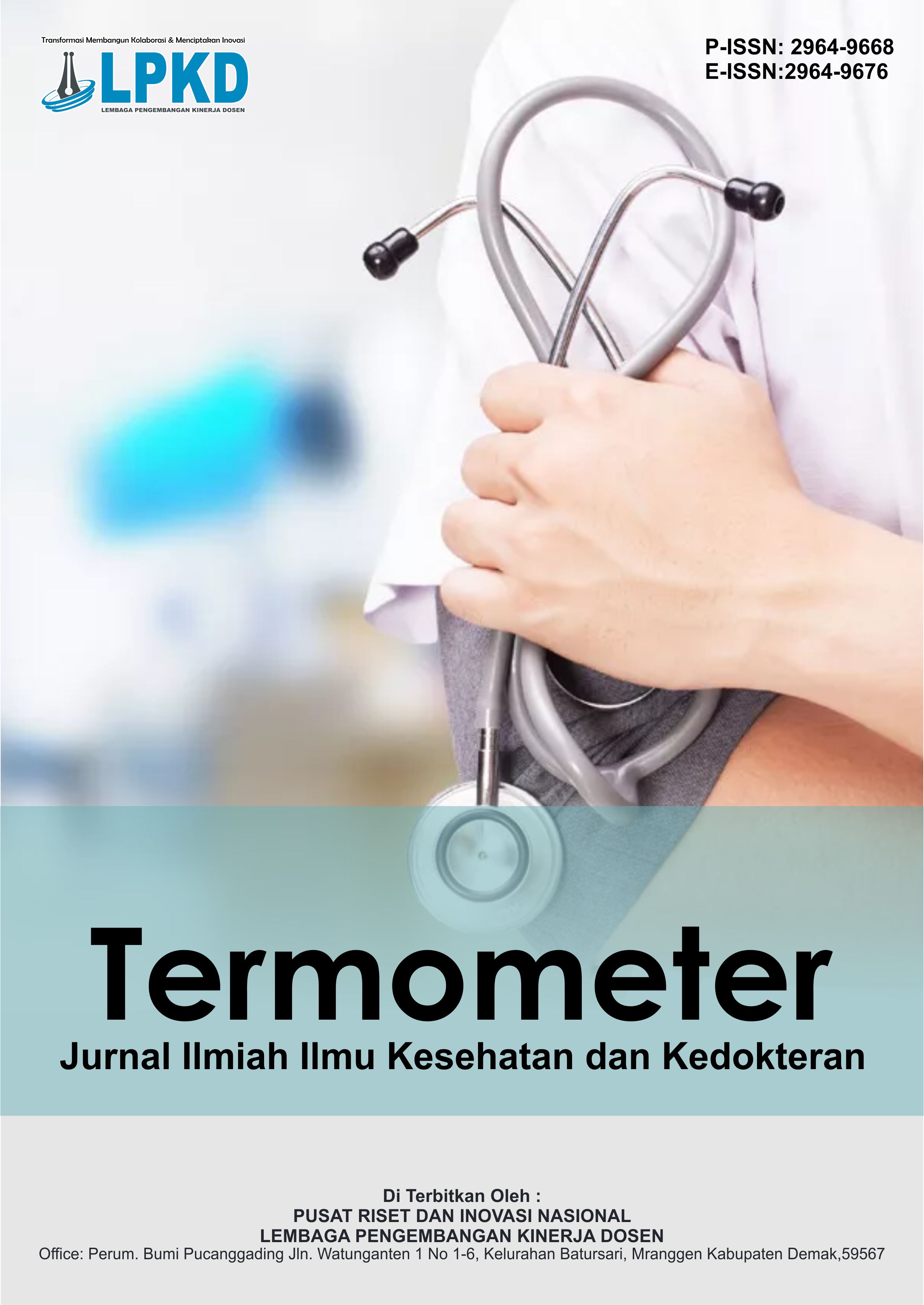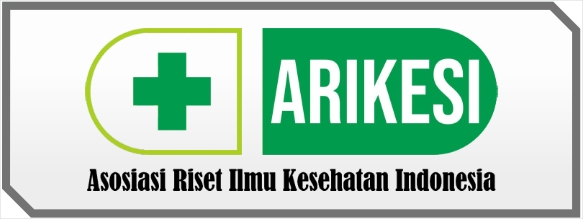Pitiriasis Versikolor
DOI:
https://doi.org/10.55606/termometer.v2i3.4077Keywords:
Pityriasis versicolor, Malassezia, KOHAbstract
Pityriasis versicolor is an infectious disease that arises due to decreased immunity and is chronic. This disease is caused by the fungus Malassezia sp. which is characterized by hypopigmented or hyperpigmented macules, which can even be accompanied by erythematous and smooth scales. Infection occurs more often in areas with relatively higher temperatures and humidity. Pityriasis versicolor has a worldwide prevalence of up to 50% in tropical countries and 1.1% in cold climates. The incidence of pityriasis versicolor is the same in all races, but is more frequently seen in dark-skinned individuals due to changes in skin pigmentation. This case report describes a 10 year old girl who came with complaints of white spots appearing on her face for 8 months. The initial appearance of the spots is accompanied by itching when sweating. Dermatological examination revealed multiple hypopigmented macules of lenticular to nummular size with well-defined borders with fine scales. On examination with 20% KOH, grouped spores and short hyphae appear like spaghetti and meatballs. Clustered spores are a sign of colonization, while hyphae indicate infection. Pityriasis versicolor therapy consists of administering antifungals which can be done topically and systemically. Furthermore, patients are educated to always keep their skin dry, reduce activities that cause excessive sweating, and wear clothing that is not tight and absorbs sweat.
Downloads
References
Angel, M. A. L., Andarde, L. G. M., Lopez, L. E. O., Valencia, et al. (2019). Hyperchromic and erythematous pityriasis: Case report and review of the literature. Journal of Dermatology Research and Therapy.
Arce, M., & Mendoza, D. G. (2018). Pityriasis Versicolor: Treatment update. Current Fungal Infection Reports.
Ashbee, H. R. (2007). Update on the genus Malassezia. Medical Mycology.
Hald, M., Arendrup, M. C., & Svejgaard, E. L. (2015). Evidence-based Danish guideline for the treatment of Malassezia-related skin disease. Acta Dermato-Venereologica.
Karray, M., & McKinney, W. P. (2023). Tinea Versicolor. Treasure Island (FL): StatPearls Publishing.
Kundu, V. R., & Garg, A. (2012). Tinea (Pityriasis) Versicolor. In Fitzpatrick's Dermatology In General Medicine. United States: McGraw Hill.
Marks, J. G., & Miller, J. J. (2019). Lookingbill and Mark’s Principle of Dermatology (6th ed.). Elsevier.
Menaldi, S. L., Bramono, K., & Indriatmi, W. (2016). Buku Ajar Ilmu Penyakit Kulit Dan Kelamin. FKUI.
Natividad, R., Genuino, F., Dofitas, B. L., Dans, L. F., & Amarilo, M. L. E. (2019). Systematic review and meta-analysis on oral azoles for the treatment of Pityriasis Versicolor. Acta Medica Philippina.
Perdoski. (2021). Panduan Praktik Klinis Bagi Dokter Spesialis Dermatologi dan Venereologi. Jakarta: Perdoski.
Saunte, D. M. L., Gaitanis, G., & Hay, R. J. (2020). Malassezia-associated skin diseases, the use of diagnostics and treatment. Frontiers in Cellular and Infection Microbiology.
Tan, S. T., & Reginata, G. (2015). Uji Provokasi Skuama Pada Pitiriasis Versikolor. Cermin Dunia Kedokteran, 42.
Downloads
Published
How to Cite
Issue
Section
License
Copyright (c) 2024 Termometer: Jurnal Ilmiah Ilmu Kesehatan dan Kedokteran

This work is licensed under a Creative Commons Attribution-ShareAlike 4.0 International License.










